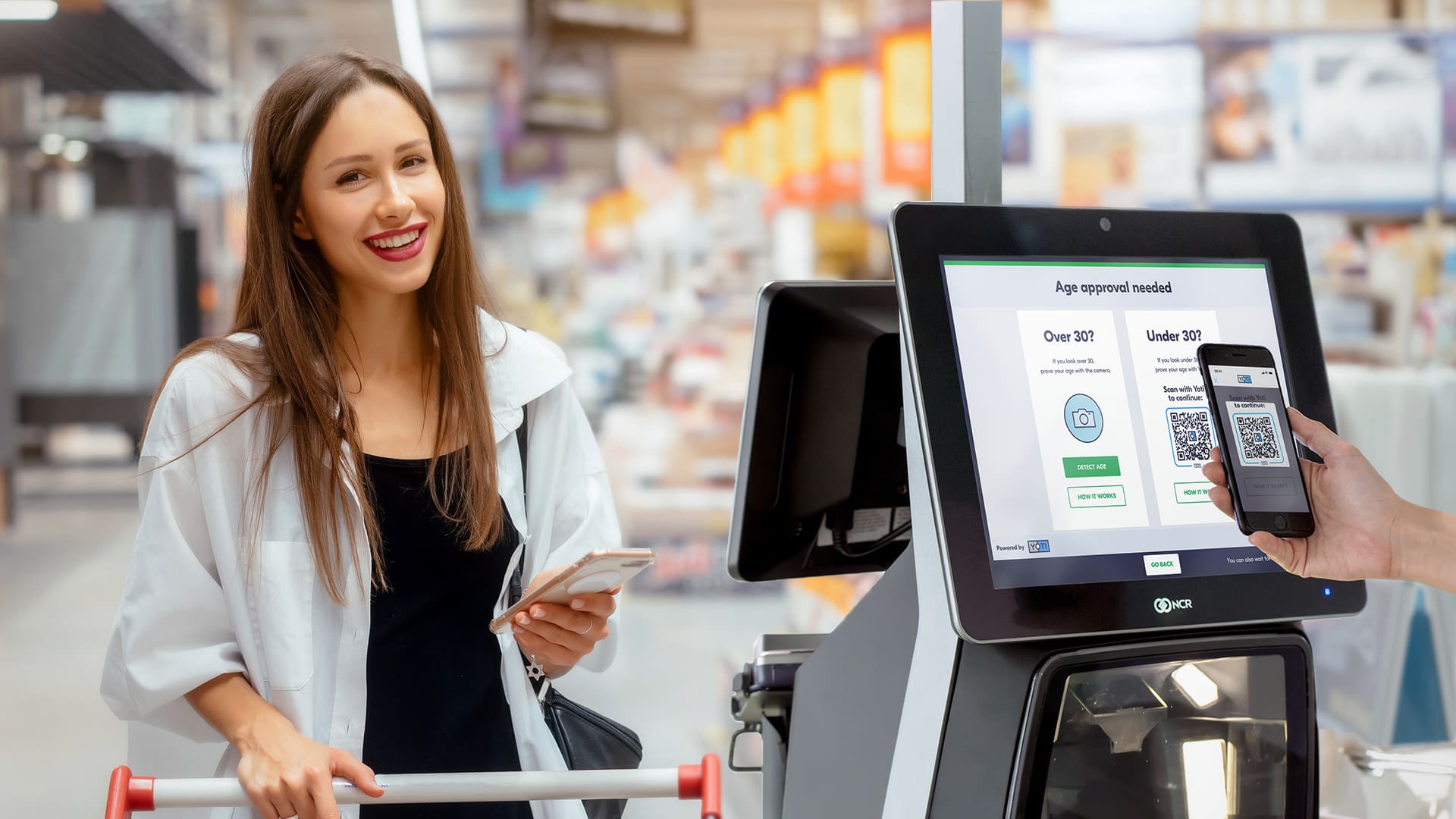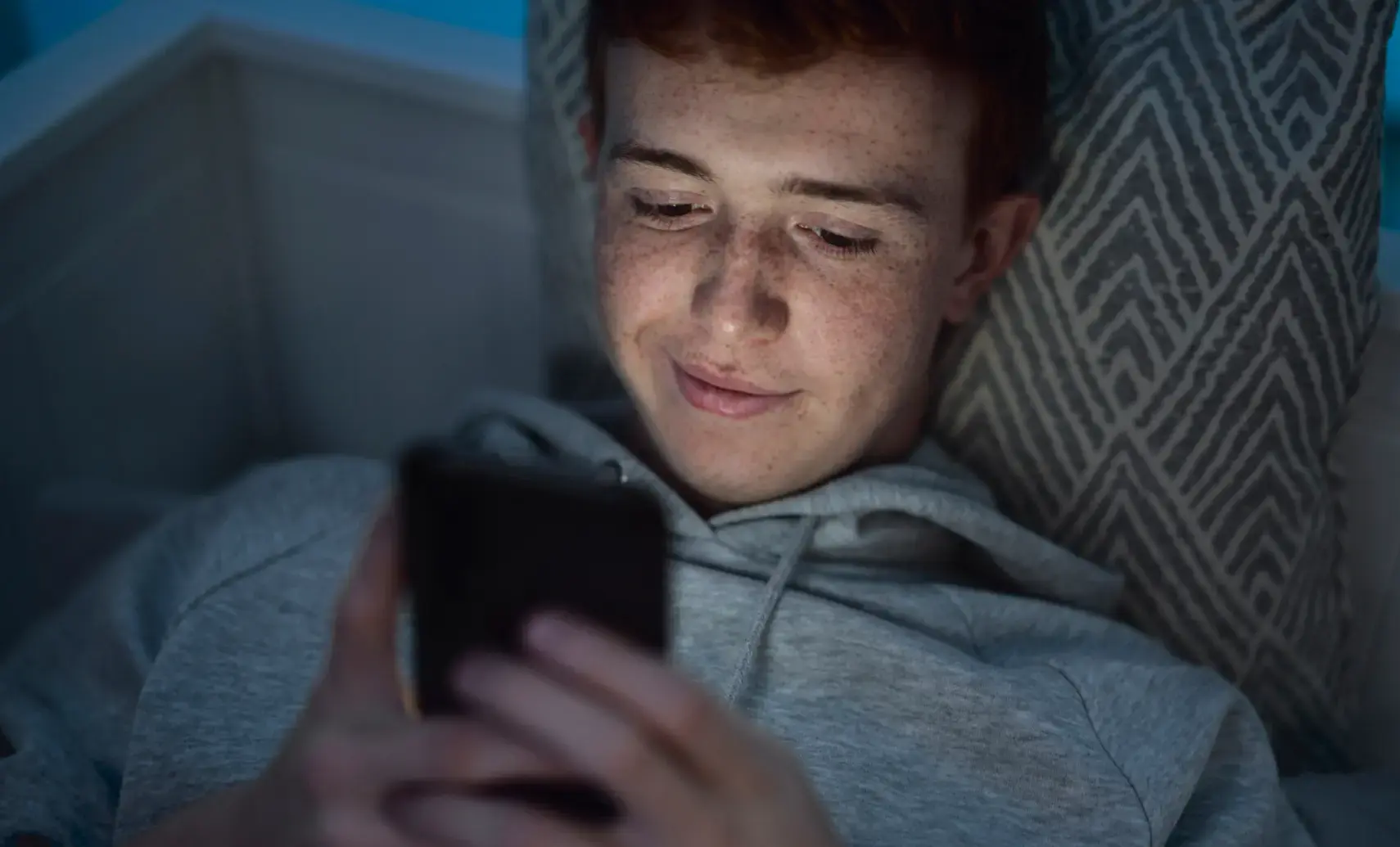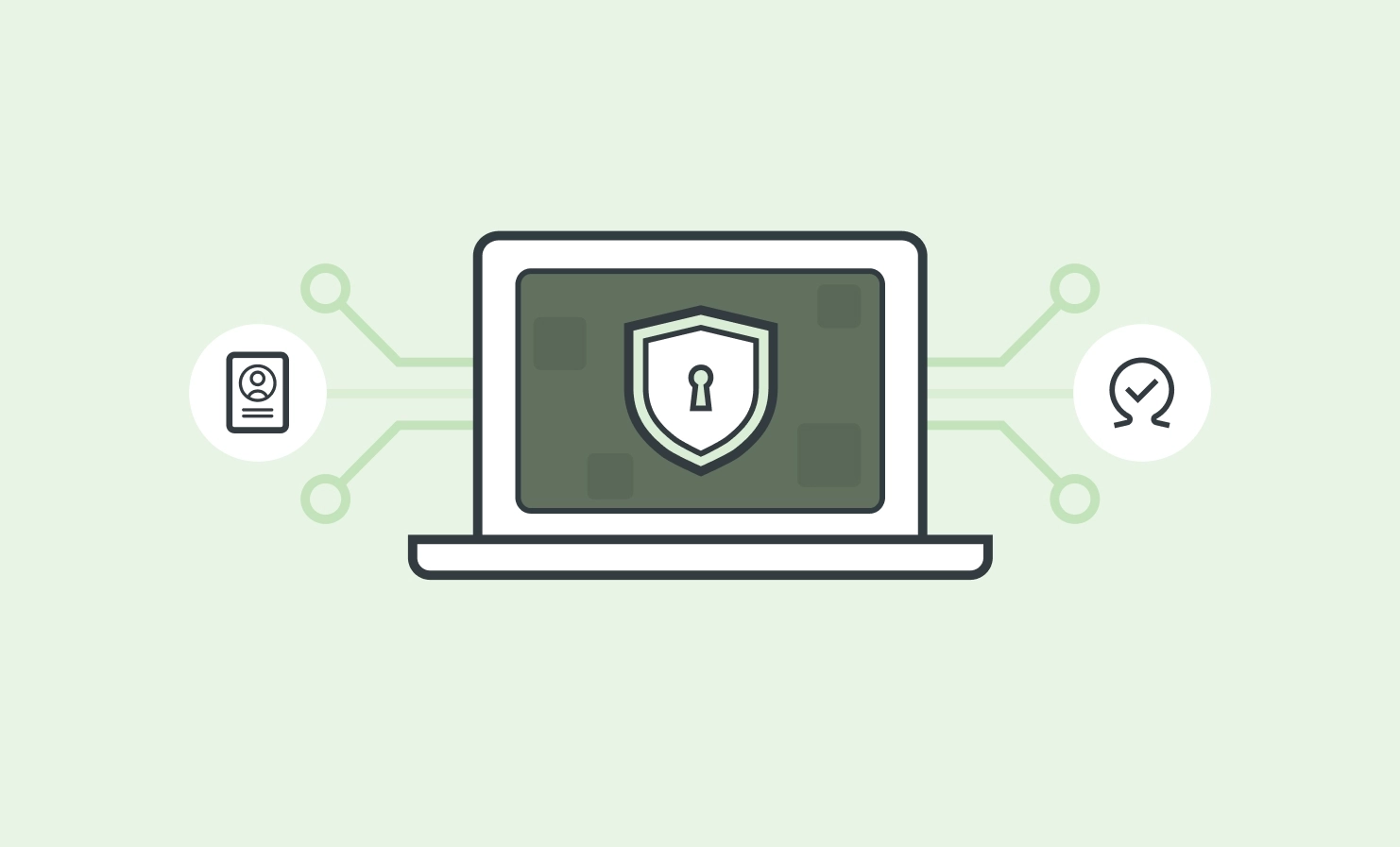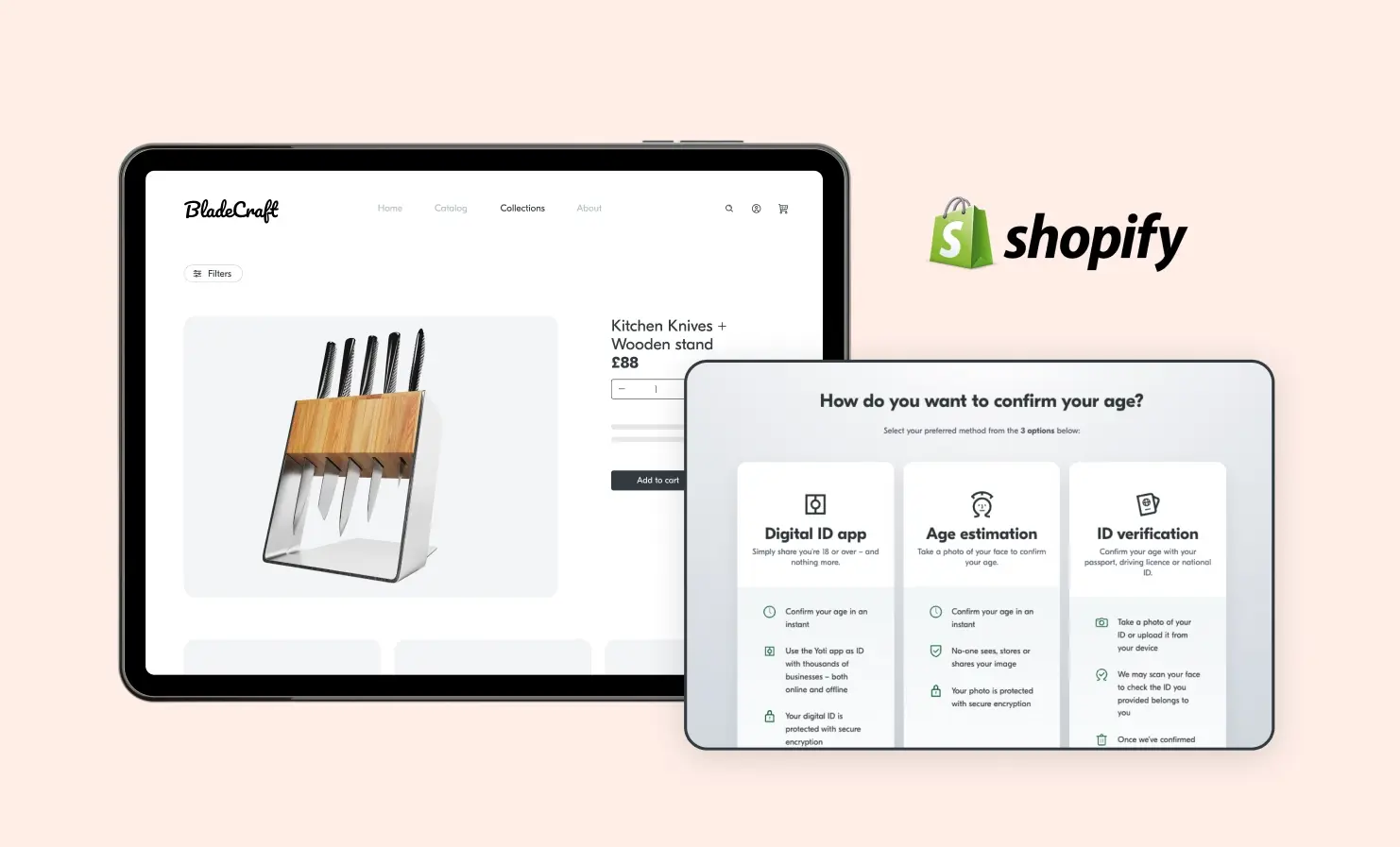
Supermarkets as we know them today are vastly different from the ones we were used to twenty years ago. Doing the weekly shop is quicker and easier thanks to supermarkets implementing technological solutions like scan-as-you-shop and self-checkout terminals. Shoppers are becoming increasingly independent, but how can supermarkets assure that their customers are old enough to buy age-restricted products with minimal staff intervention and manual ID checks?
Across the UK, supermarkets are looking to adopt new ways to check that their customers are old enough to buy age-restricted products, including alcohol, knives, tobacco and vapes. By embedding our leading age verification technology into their self-checkout terminals, supermarkets could reduce the amount of time customers spend scanning and paying for their shopping.
Streamline your age checks
Facial age estimation
Our facial age estimation technology accurately estimates a person’s age from a live facial image, offering a secure and private way to prove age. As soon as the customer’s age is estimated, the facial image is deleted. Customers do not need to register to use it, provide any personal details or share any identity documents. It is not facial recognition because it does not uniquely identify anyone.
How it works
- Customers simply look at the camera on the self-checkout and have their age estimated in seconds.
- If the result of the estimation is above the threshold set by the supermarket, then the customer can continue to pay for their items.
- If the result of the estimation is below the threshold, the customer needs to prove their age another way – for example, by using their Yoti Digital ID or with a physical ID document.
The technology is usually used with safety buffers. So in practical terms, if your business needs to check if someone is over 18, you could set an age threshold of 25 – meaning everyone needs to be estimated as 25 or over. The technology will then estimate if someone is above or below the age of 25 – in line with the UK’s Challenge 25 policy.
Digital ID
A Digital ID could allow shoppers to prove they’re over a business’ age policy using their phone. This requires downloading a free Digital ID (such as Yoti, Post Office EasyID or Lloyds Bank Smart ID) and verifying themselves with an ID document and a biometric selfie. They just need to do this once and then can use their Digital ID for life.
How it works
- Customers scan the QR code on the self-checkout screen using their Digital ID app.
- They consent to sharing a verified ‘Over Age’ credential in their Digital ID app, which will tell the business they’re over the required threshold.
The UK Government has confirmed that people will soon be able to use digital IDs to prove their age when buying alcohol. This is a significant step forward and demonstrates the growing importance and demand for reusable Digital IDs.
During the Home Office Sandbox trials held in 5 of the UK’s leading supermarkets, 99,800 age verifications took place during the trials. There were no recorded cases of under 18s being allowed to buy alcohol.
Customers enjoyed using the technology and were able to complete their shopping faster. The majority wanted to be able to use the technology going forward.
Make life easier…
…for staff:
- Efficient: Age checks account for 50% of staff interventions at self-checkouts. Our innovative age verification technology would empower customers to prove their age independently of staff, who can focus on other tasks in the supermarket. During the Home Office Sandbox trials, retail staff were supportive of the technology and did not see it as a threat to their roles – it simply freed them up to spend more time helping customers on the shop floor.
- Safe: Year-on-year, age-restricted sales are an overwhelming trigger for abuse and violence towards supermarket staff. Age verification technology could reduce contact between staff and shoppers, removing some of the friction created by manual checks.
- Accurate: Our facial age estimation technology is more accurate at detecting age than humans. There are several reasons why an employee might not accurately complete age checks. These include, tiredness, biases or falling prey to fake IDs. Our technology takes the pressure off human error and helps businesses avoid hefty fines for selling age-restricted goods to minors. With Yoti facial age estimation, 99.3% of 13-17 year olds are correctly estimated as under 25 and 100% of 13-17 year olds are correctly estimated as under 30. For more information, read our white paper.
…and customers:
- Faster: Age checks can be done in real-time with accurate age estimations taking less than 5 seconds, dramatically reducing the time spent at checkouts.
- Accessible: Studies show that about 4.5 million adults in the UK do not own an in-date, recognisable ID. Facial age estimation would allow them to prove their age without carrying a physical ID document.
- More private: When shoppers show an identity document to prove their age, they reveal a lot of personal information – date of birth, full name, passport number, photo and so on. With facial age estimation and Digital IDs, they can just share the fact that they are over the set age threshold – and nothing else.
- More convenient: We’re rarely without our phones, or our face for that matter. Shoppers would no longer be denied a sale if they forget their ID document, nor would they risk losing their valuable ID documents, like a passport or driving licence.
If you’re a retailer looking to make age checks more efficient, contact us today for more information.



